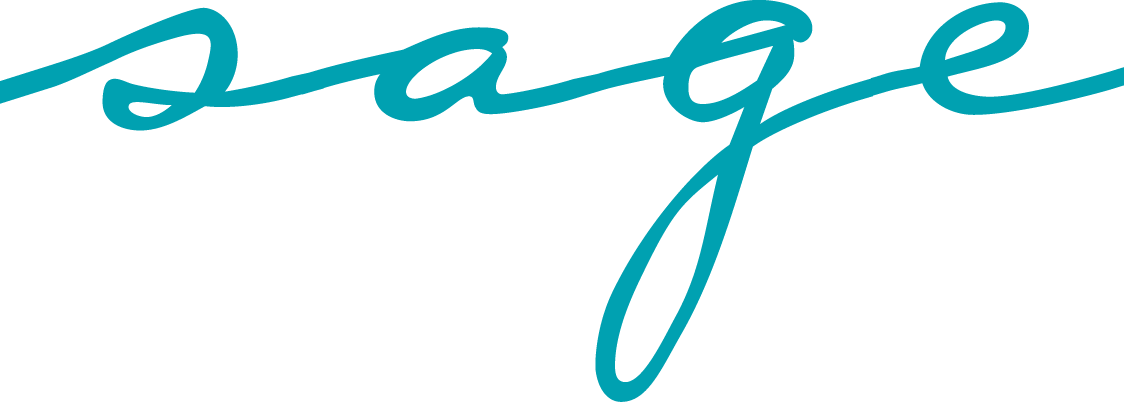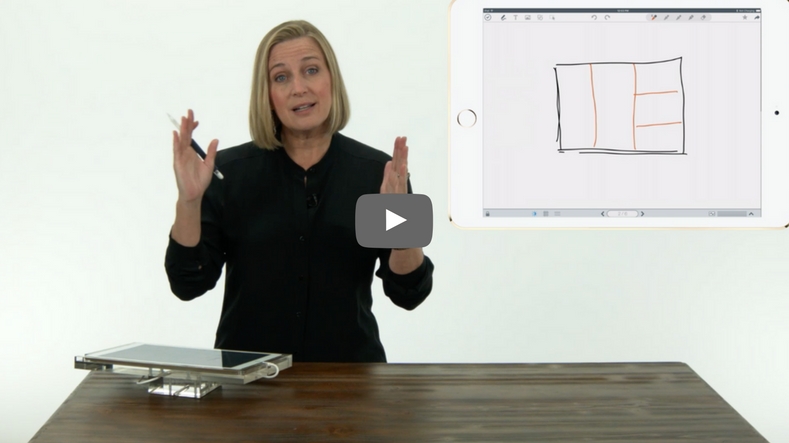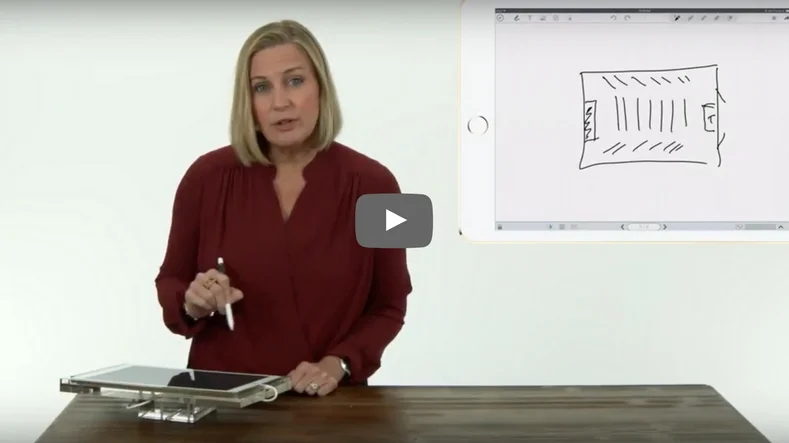Smart Room Sets at Live Events: How to Maximize Your Space & Minimize Your Cost
Discover the Secrets of Scaling Your Live Events
Hi. I'm Bari Baumgardner, founder of SAGE Event Management. I'm here to talk to you today about a topic that really matters when you’re selecting the site for live events.
How will you scale your live events to size and manage your investment liability when it comes to room capacity?
Minimum Goal vs. Stretch Goal
I'm going to give you a quick example from a recent client of SAGE’s. They came to us and they were going to host their very first live event. They had a really solid marketing plan for filling the room: their goal was 400 people.
When I start working with a client, whether it's their first-time event or whether it's their next event, first of all we want to consider whether their marketing goals are realistic. We always look at two different numbers when it comes to capacity: the minimum goal and the stretch goal.
The minimum goal is the bare minimum number of people that we think we can very confidently put into the room at the event.
The stretch goal is the maximum number of people we think will attend if everything goes perfectly planned and all the heavens align.
Let's say your minimum goal is 200 and your stretch goal is 400, and you're about to go to site selection with a hotel.
“How Big Is Your Event?”
One of the hotel’s first questions is going to be: “How big is your event?” I would not tell them 400. I would tell them 200, and here's one of the reasons why. It's a dirty little hotel secret that nobody ever tells you. Hotels value their ballrooms in a specific way. They're looking at cost per square foot and they’re looking at how much revenue they want to generate in room nights, rental, and food and beverage for the ballroom space that you are taking.
Here's the thing that's really interesting. This is the secret part. If I go to a hotel and I'm looking for 10,000 square feet of space for 400 people - or I’m looking for 10,000 square feet of space for 200 people - they will actually quote less for 200 than they will for 400.
The hotel is going to want more rooms for 400, they're going to want more F&B for 400, and they're possibly going to want rental for 400. They value that event space more highly because you're putting more people in it.
Here's how I get around that: I always go with my minimum requirement and then stretch that space if I need to. I book for my minimum goal and always have a plan to make the space work for my stretch goal - that way I’m never out of luck with my meeting space. And I've paid the bare minimum for it, which really minimizes my liability going in. Let's take a quick look.
Successful Set-Up #1: Crescent-Style Rounds
Here's that ballroom. Let's assume that this rectangular ballroom is my 10,000 square feet of space. This is my stage and I'm going to set this in round tables. These are rounds, and you can scale that with as many table as you think you can put in there. Get a diagram for that, obviously. My team table is back here, my resource table is back here.
Here's the thing. I can actually set what I call “crescent” - for three, four, five, or six people. I can do that at every one of these tables. One, two, three, four, five, six. I can do that all here. We do crescent because every chair is facing the stage, which I really like. Every chair is facing the stage, and this gives a perfect view of the stage.
Increase Capacity with the Same Number of Tables
But here's how I can expand that space and actually have the same number of tables. Let's say you're doing custom linens or custom floral. You don't want to keep changing your table numbers - you want the same number of tables. Here's what I can do.
Seven, eight chairs. Seven, eight, or if I really go gangbusters and exceed that stretch goal, I can go full rounds: nine, ten chairs. With full rounds (nine and ten), I am going to have some people who have to turn their chairs. But listen: if you max out your event, that's a small price to pay for having a full room. They still can make it work. They'll still have a great view of the stage.
Now you've gone from setting five or six chairs at your crescent rounds all the way to a full round of ten - with the very same number of tables. You can go from 200 to 400. Let's take another look at what we could do with this exact same room.
Bonus Tip: One of the things I love about round tables is is that they are so much more communal. At SAGE events, you will often find us sitting in rounds. Round tables allow for pair shares, exercises, and opportunities for the audience to connect in unique ways that they can't do with other set-up styles.
Successful Set-Up #2: Chevron-Style Classroom
Let's take a look at this next set-up. It’s the same exact ballroom, 10,000 square feet, but now we're going to set it up like a classroom. I always like to set “chevron,” which allows us basically to wrap the chairs around the stage - meaning that everybody feels really close. No one is sitting at an awkward angle. We're turning those chairs and those tables on the sides toward the stage to give everyone the best possible view.
Leverage Your Space at Each Table
In each row, let's say there are six-foot tables. You can seat two people or three people at a six-foot table. With my classroom-style set, I can put two chairs or three chairs at each table. I've taken that same exact classroom set from a “two-per-six-foot” set-up to a “three-per-six-foot” set-up.
I've been able to leverage that space just by putting extra chairs at each table. Trust me, it's tight - but it's still comfortable. It works all the time, every day. It absolutely is not a problem to put three people at a six-foot table.
If your hotel has an eight-foot table, you can set two seats, three seats, or even four seats. An eight-foot table is a little bit longer. You can actually squeeze a fourth chair in there. These are ways that we can scale our room.
Successful Set-Up #3: Theater-Style Chairs
Here's the next one. Instead of classroom-style, this is theater-style - just seats, no tables. Theater-style is exactly what it sounds like. Think about a movie theater: you're just going to have chairs, chairs, chairs. Each row is going to be chairs - no tables.
The advantage of tables is that people have a workspace. They have a space that they can actually use to write in their book and take notes. If you're going theater-style, they lose the table, but you gain a lot of space. You can really max out that room.
Bonus Tip: With theater-style, I like to give my guests all of my materials in a spiral notebook instead of a binder. You can actually turn over a spiral notebook so that it easily rests in your lap. A big binder that you have to leave open can really be a challenge in a theater-style environment. Binders are great for classroom, great for crescent rounds - but not so great for theater.
How to Double the Capacity of Your Live Event
Transforming live events from a set-up with tables to a theater-style arrangement will double your capacity. If you exceed your attendance goals, then you can take advantage of this opportunity to go theater-style. You can literally double your space.
Here's another little quick fact on metrics. Crescent-style and classroom-style are almost identically the same when it comes to capacity - or how many people you can fit in a room. Believe it or not, six people at a crescent round is equal to what you would get in the equivalent of two six-foot tables in a classroom environment.
When you opt for theater-style instead, you can double your space. If you're using crescent-style rounds, going to theater-style will double your space. If you're using a classroom set-up, going to theater-style will double your space.
In the same exact ballroom, you can have a totally different usage of space. Just by changing the room set-up, you can maximize the number of people you can put in the room and minimize the cost per person that you're going to be spending with the hotel.
Metrics Matter Most to Your Pocketbook
First-time live events are a bit of a gamble. You don't have a history to pull from, and when you don’t know whether it's going to be 200 or 400 - these metrics really start to matter where it matters most: your pocketbook. Metrics affect how much money you're going to be paying the hotel and how much overhead you're going to be incurring from the minute you sign the contract.
Next-Level Live Events with SAGE Event Management
Quick, simple tips on how to maximize your space can really enhance connection and intimacy at your live events. I'd love to hear how you've done this at your events, or any questions you might have, as you go into thinking through how to scale for site selection - whether it's your first event or your next event.
You can post a comment here or you can email it to events@PoweredbySAGE.com, and we'll address it in a future video. Hope this was great information for you but more importantly, I hope you put it to good use. Bye for now.





